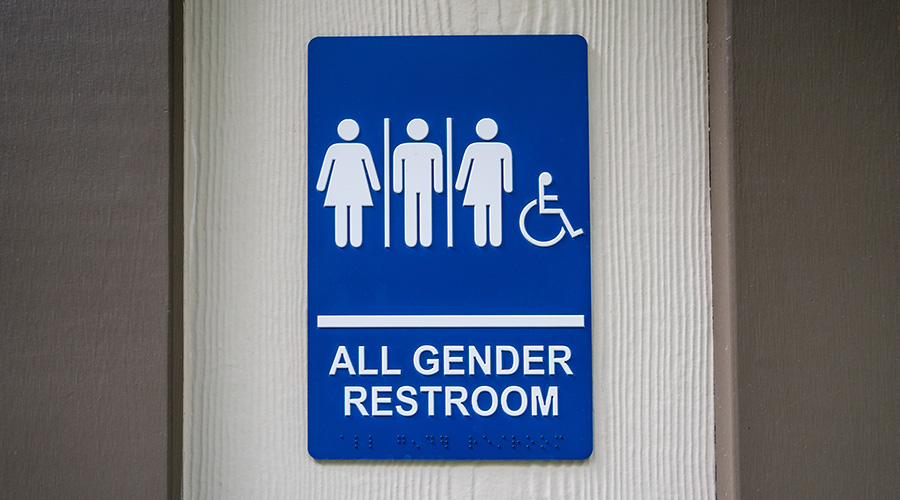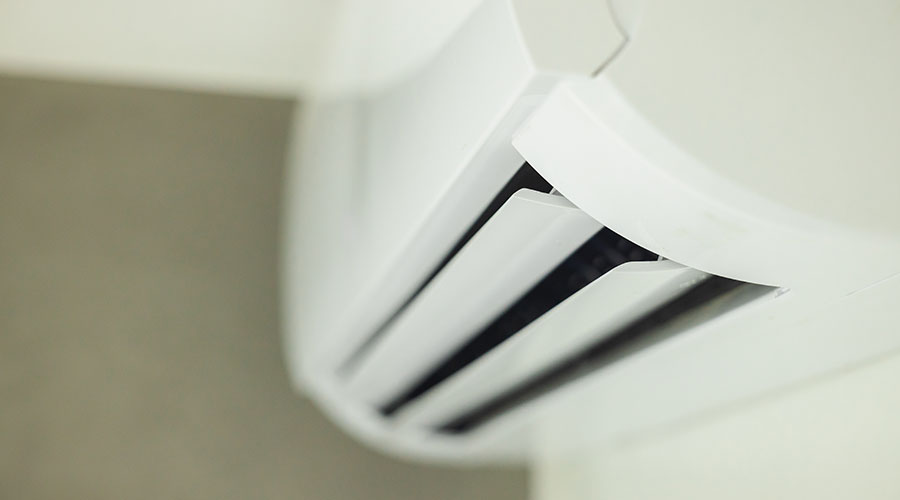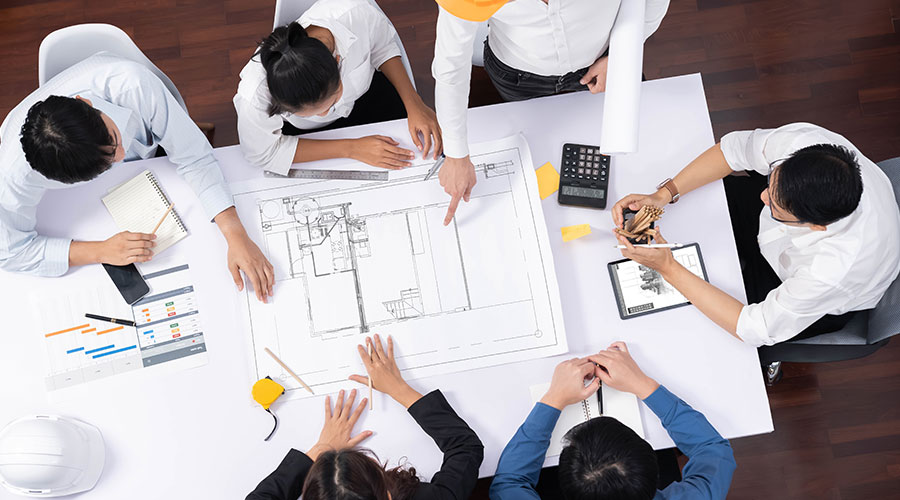
The Stigma Surrounding Gender Neutral Restrooms and How to Avoid It
Gender neutral restrooms have become a point of contention in commercial buildings. June 25, 2025
By Mackenna Moralez, Associate Editor
The use of gender neutral restrooms have been around long before they were a hot topic of conversation in popular culture. Many facilities have begun adding more gender neutral restrooms to their buildings, only to be met with scrutiny from a small group of people, saying that these types of facilities are not necessary and that there should only be traditional gendered restrooms available.
In recent years people have associated gender neutral restrooms largely with the LGBTQ+ community. Many members of the community opt to use single-stall restrooms to avoid using restrooms that don’t align with their gender. Using the restroom isn’t inherently a political act, but some people have deemed it to be. Gender neutral restrooms help avoid controversy, making it more accessible and private for users.
“What we’re finding in corporate buildings and retrofitting them to meet current code standards, we’ll often times add a single stall on a corporate floor because code requires more fixtures,” Sharon Henderson, associate principal, Lawrence Group says. “It’s like going into a home restroom. Essentially, you’re completely private, which is lovely for most people.”
While privacy is an essential benefit of gender neutral restrooms, some members of the LGBTQ+ community have found that it made them stand out more as these restrooms are often located in a separate location than traditional gendered restrooms.
“There’s a balance on how to address that,” Henderson says. “If a gender neutral restroom was created to give mor privacy or get the right fixture count and everyone uses it, then it’s no big deal. But some companies’ solutions are to create these gender neutral spaces away from all the other facilities and found that only LGBTQ+ folks utilized it [the restroom]. It made them feel like they were separated and called out.”
To combat feeling singled out, Henderson suggests that executives utilize these spaces and encourage others to do so. This gives employees visual permission to use the space in the way it was intended. This especially helps end the stigma surrounding gender neutral restrooms if they are located in a separate area.
Gender neutral restrooms aren’t just for members of the LGBTQ+ community, though. Caregivers – whether it be to a child or an adult – often seek out single stall facilities to help allow for more privacy for their dependents.
“You still want to have a couple of private toilet rooms if someone is in a wheelchair or simply need to use a toilet and have access to a sink in a private space,” Joel Bernhard, principal and CFO of ikm architecture says. “Someone might have a colostomy bag and might want to have access to a private sink. It’s important to make sure you’ve got other options available.”
It is important to understand that gender neutral restrooms are not created for a specific user. All types of people are going to end up using the facility, so it needs to be designed and maintained with that in mind. User privacy is essential, and the IAPMO/ANSI/CAN Z124. 10 standard specifies the level of privacy and security for the users of water closets and urinals. It also addresses the need for partitions to minimize the open space between stalls, use of occupancy indicators on stalls and doors that lock to support privacy.
In addition, both the International Plumbing Code and Uniform Plumbing Code have already accepted the concept of gender neutral restrooms. While building designers and code councils are working toward more inclusive, private, accessible and ADA compliant restrooms spaces, the process has been slow going and but many businesses are anxious to catch up to these ongoing changes.
It is possible to get around the stigma of the term gender neutral restrooms by labeling them “single stalls” or “family restroom,” but the latter doesn’t go hand-in-hand with the workplace. Ultimately, it comes down to preference on how to label their facilities. It is recommended using the phrase “single user,” indicating that it is open for all users in the building.
“By my code of ethics as an architect and by what I think is the law of the land, I’m supposed to design for everybody,” Bernard says. “I don’t get to pick and choose – I'm about helping everybody do something as simple as using the restroom.”
Mackenna Moralez is the associate editor of the facilities market and the host of the Facilities in Focus podcast.
Next
Read next on FacilitiesNet












